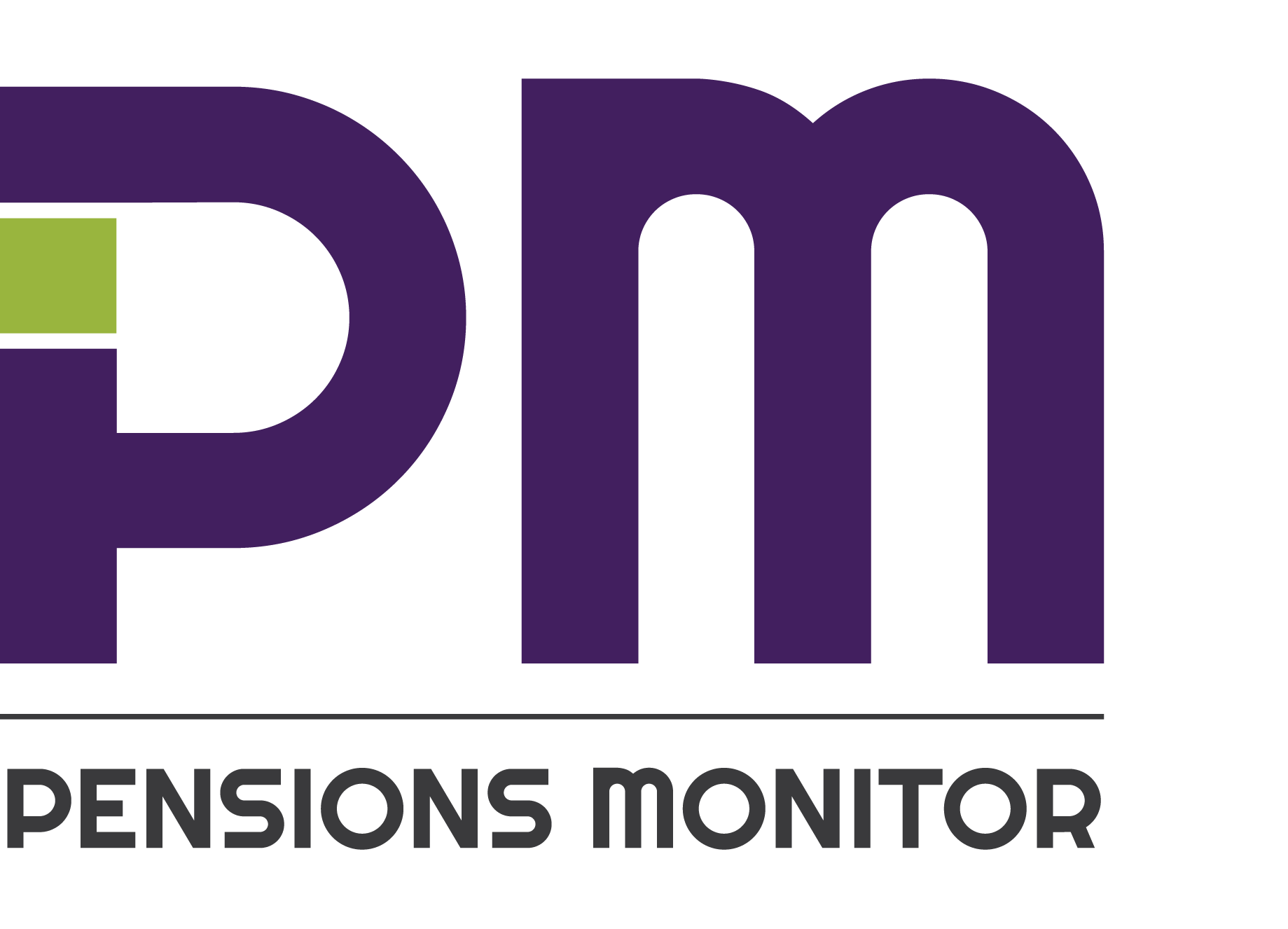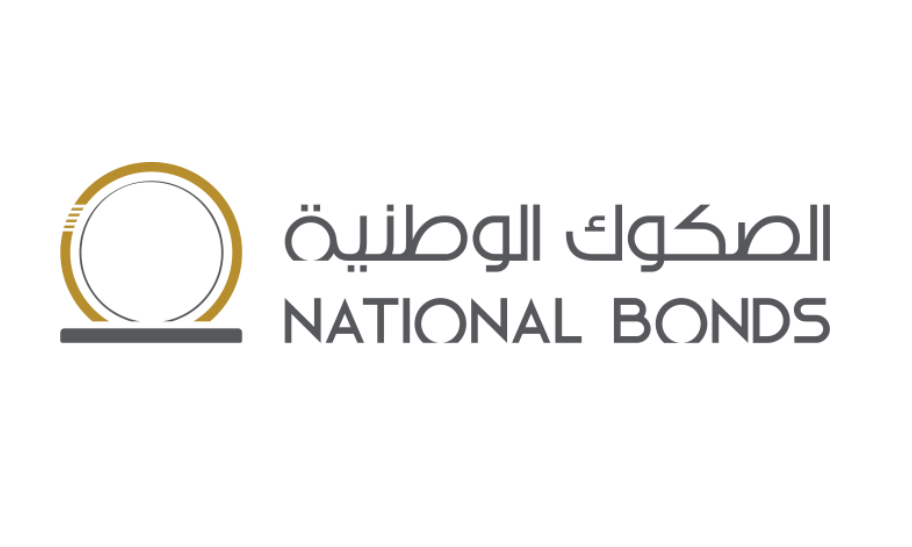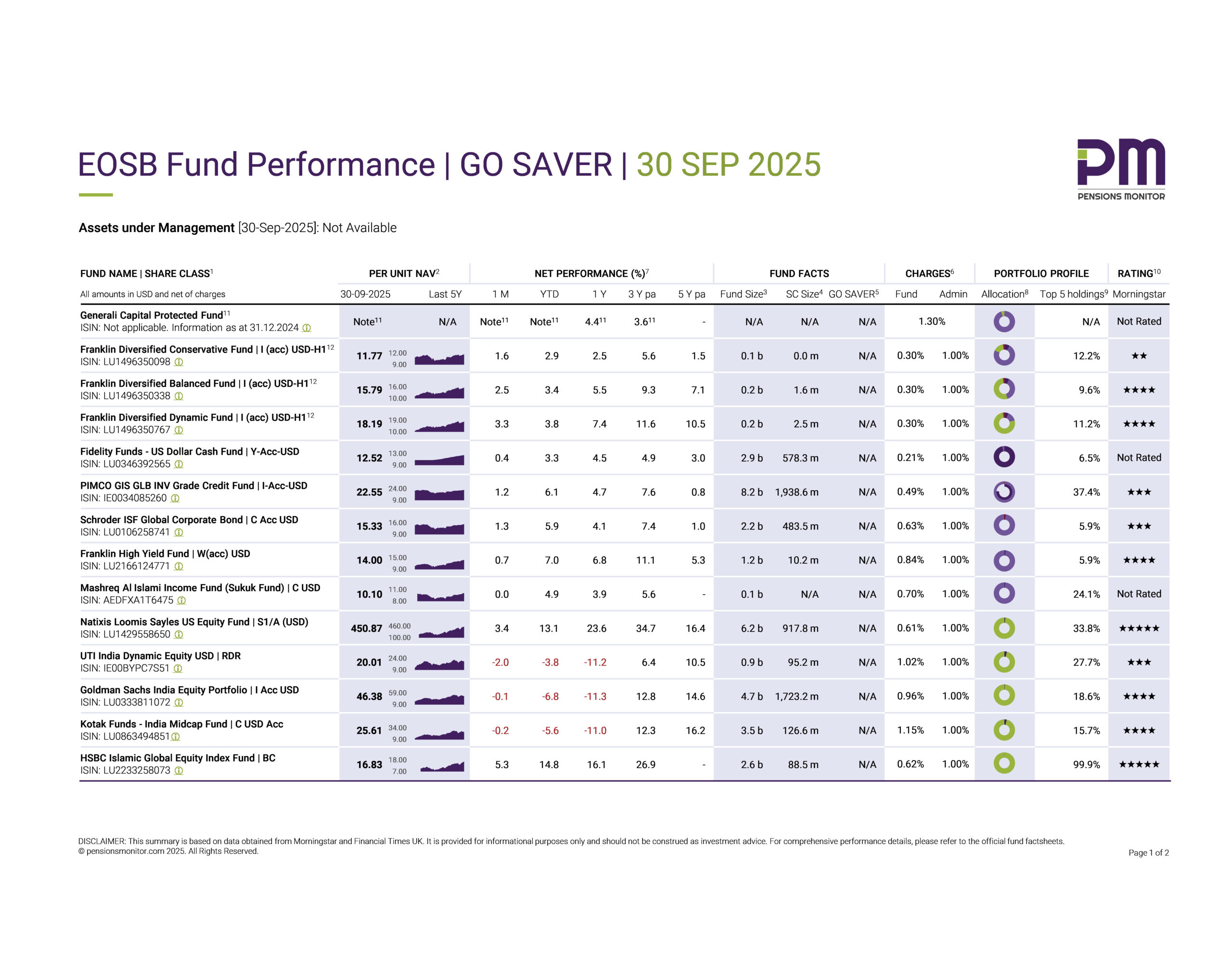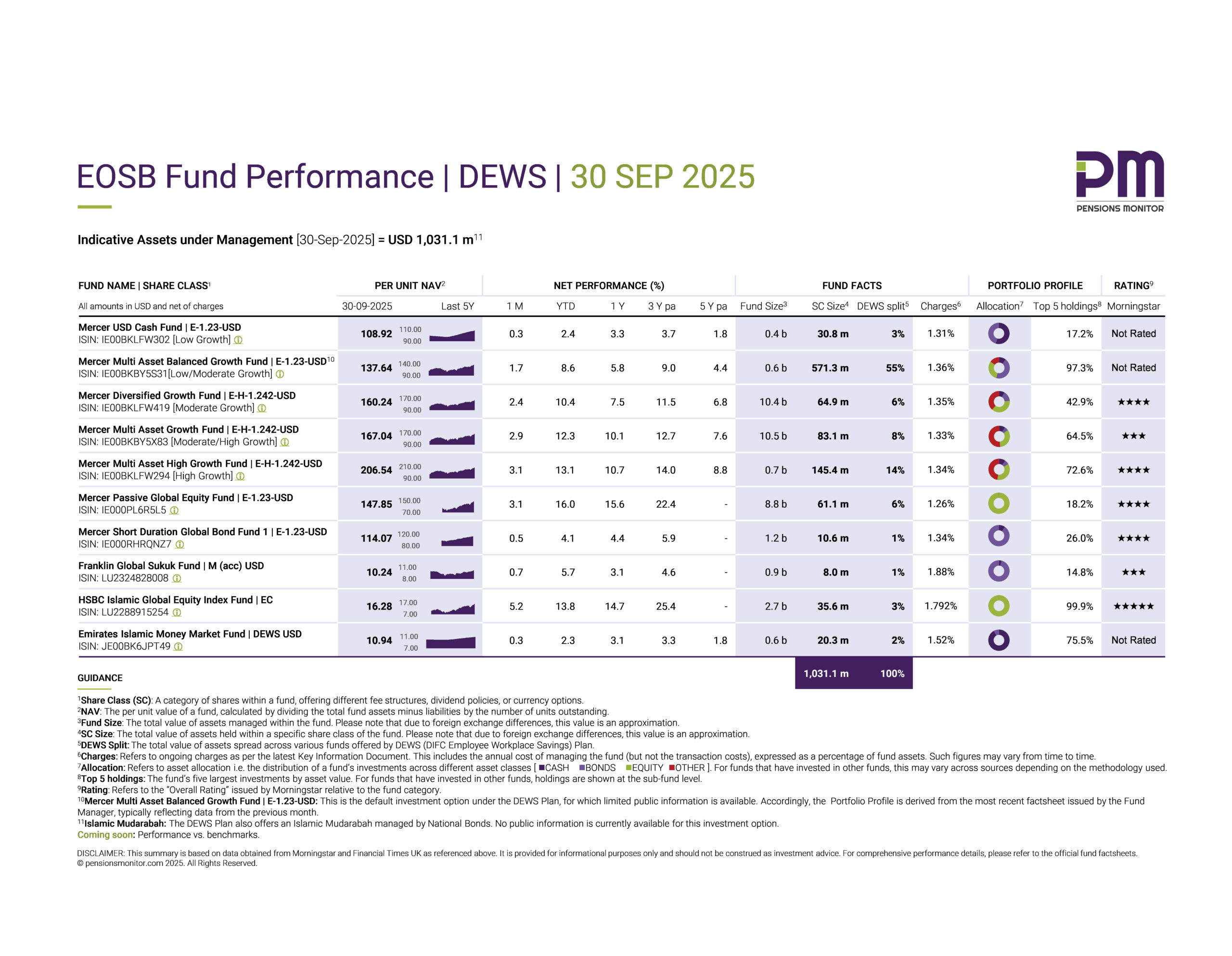
The new alternative End-of-Service Benefits (EOSB) savings scheme is a significant shift from the current system of simply accumulating the EOSB liability until employees separate from the company – by way of resignation, termination, or death. Apart from the accumulated EOSB provision, the cost to the company will now be a known percentage of payroll, and for the employee the new scheme is subject to investment risks. So, the actual take-home amount will certainly differ from the current EOSB and could be higher or lower than previously expected, depending on the performance of the chosen investment funds and the charges levied by the fund manager.
Accumulated EOSB Provision: Maintain on the balance sheet, or invest in funds?
There are also specific guidelines for companies on how the current EOSB system is to be discontinued before registering employees in the new savings scheme. A key step in this process is to determine the amounts due to employees as of the transition date. Let’s call this the “accumulated EOSB entitlement” for the rest of this article. Now, companies can choose to carry forward this amount as a balance sheet liability and pay the entitlement on separation, or transfer the entitlement immediately to employee EOSB accounts for investing in approved funds. This decision comes with pros and cons and is at the sole discretion of each company. In taking such a decision there will inevitably be a value transfer, and companies should take professional advice as to whether to make this transfer. A value transfer can benefit the company at the expense of employees, or benefit employees at the expense of the company, or it can be mostly neutral.
Which employees to enroll? All, or just some groups?
Furthermore, companies are also allowed to decide which employees will transition to the new scheme in case the company does not wish to enroll all employees at once. For the selected employees, the scheme then becomes compulsory unless the company decides to withdraw from the scheme after the minimum 12-month period. Withdrawal from the scheme is again subject to several conditions which we will cover in a separate article.
In summary, what should companies consider?
This means that companies should reach consensus on:
- which employees will transition to the new scheme, if not all.
- the accumulated EOSB entitlement as of the transition date for each employee thereof.
-
the treatment of the accumulated EOSB entitlement i.e. decide whether this amount will be carried forward as a balance sheet liability or paid into employee EOSB accounts for investing in approved funds.
These decisions have significant implications for both company finances and employee entitlements. And so, the question arises: Should employment contracts be amended to reflect these material decisions?
Should employment contracts be amended to reflect these material decisions?
Well, at present there are no specific guidelines from MoHRE mandating such amendments. However, the process of enrolling in the new scheme does involve MoHRE’s approval through which the regulator will have oversight at employee-level. But is that enough to protect companies and safeguard the interests of employees?
We at Pensions Monitor think that these important decisions should be officially documented and acknowledged by employees. Here’s why:
Legal protection: Most existing employment contracts in the UAE refer to the UAE Labour Law concerning End-of-Service Benefits. Now with the introduction of the new scheme, it is important to specify and document which EOSB system applies, so as to serve as an official agreement in case of legal inquiries and labour disputes. If the company considers to enroll employees in the near future in the new scheme, it should say so in the employment contracts. (Of course, companies will have the right to enroll employees as they see fit, but in the interest of transparency this should be made clear on employment contracts).
Clarity on benefits: Clearly articulating the treatment of the accumulated EOSB entitlement as well as details of the new scheme will help employees to understand their rights and benefits and risks of investment underperformance or losses, thereby reducing potential misunderstandings and the risk of labour disputes. This is particularly important in the case when the company decides to move the accumulated EOSB provision into approved funds as well. In addition, we at Pensions Monitor strongly believe that the “clarity on benefits” must practically be implemented with employee seminars, trainings and introduction courses, bearing in mind that for most employees this will be the first time they will become active investors.
Record keeping: Such documentation is also important to maintain proper records where enrollment of employees in the new scheme is phased over a period of time.
Alignment with company policy: It is also important to ensure that employee agreements align with significant shifts in company policies such as transitioning to the new EOSB savings scheme.
So as a minimum, it is advisable to document the following information:
- Overview of the new scheme including the reference to Cabinet Resolution 96, employee eligibility and calculation methodology.
- Date of transition to the new scheme.
- Computation of the accumulated EOSB entitlement and treatment thereof.
- Investment options based on employee classification (skilled/unskilled).
- Description of exposure to investment risk.
- Process for voluntary contributions and limits thereof.
- Terms and conditions of withdrawal of basic contributions and voluntary contributions.
- Voluntary retention of savings in investment funds after separation from the company.
- Name of beneficiaries in case of employee death.
- Employee acknowledgement and consent.
Our view
While it may not be possible to amend existing employment contracts that are generated from the federal labour system until the new alternative EOSB savings scheme itself is available as an option in the federal labour system, companies should seek legal advice on how best to document and record these decisions, and how best to inform employees about these decisions. Clear documentation and employee acknowledgment can safeguard the interests of both the company and its workforce when transitioning to the new EOSB savings scheme.
Pensions Monitor will be discussing other practical considerations for companies when transitioning to the new scheme in the coming weeks.
Subscribe to our newsletter to stay informed.





